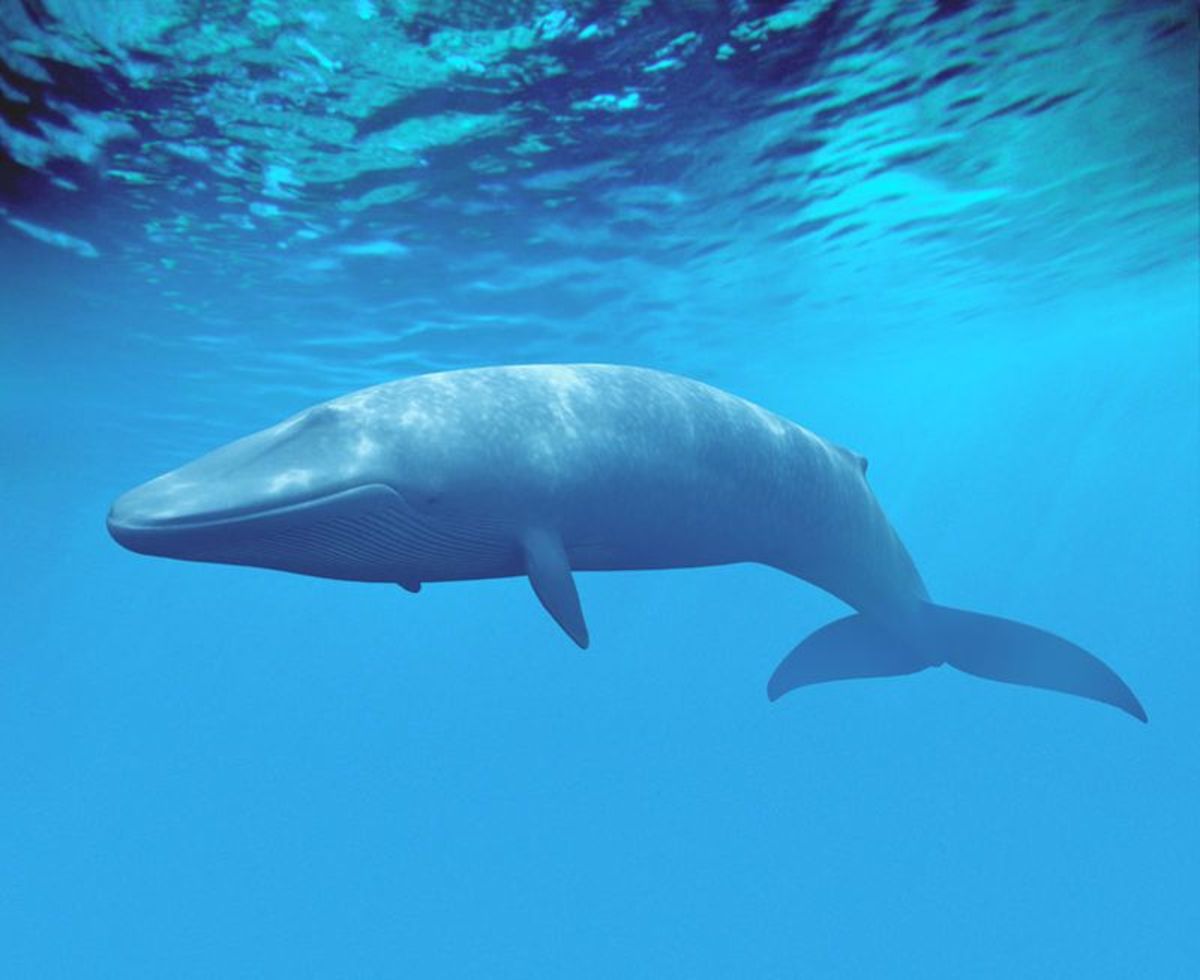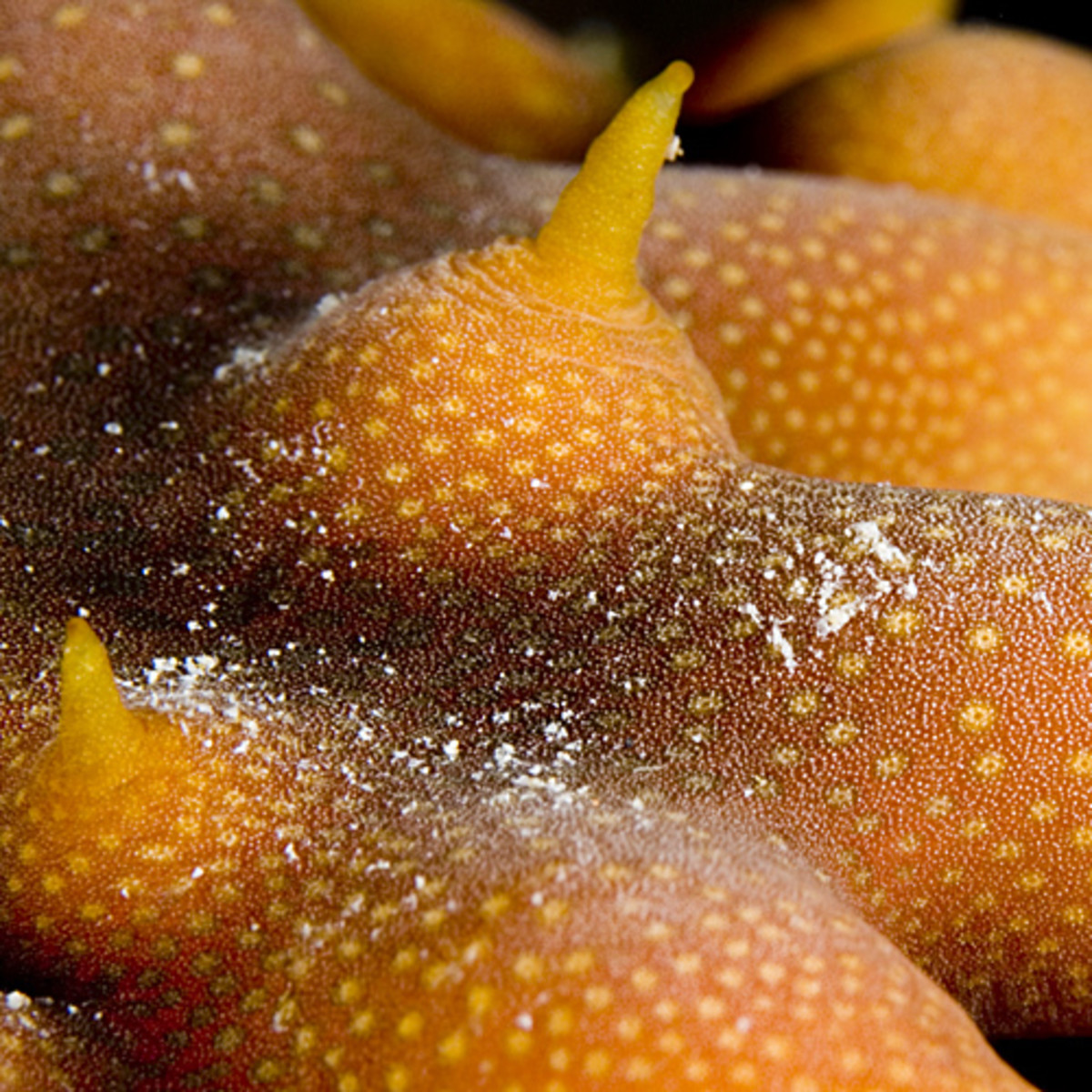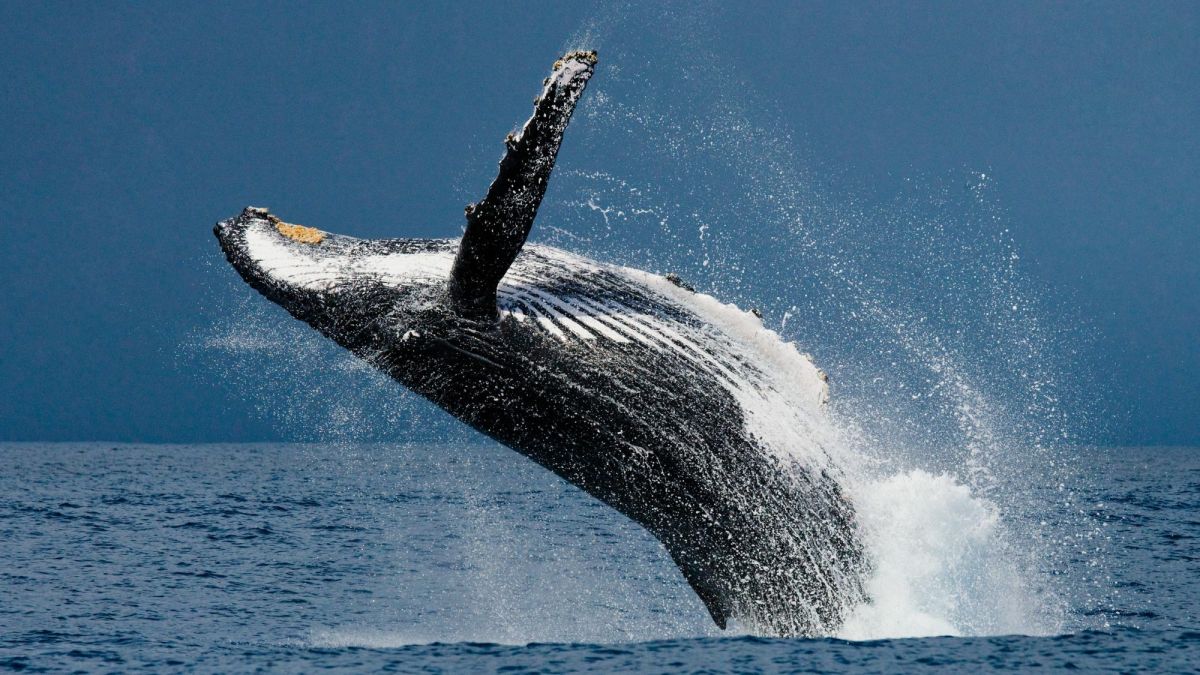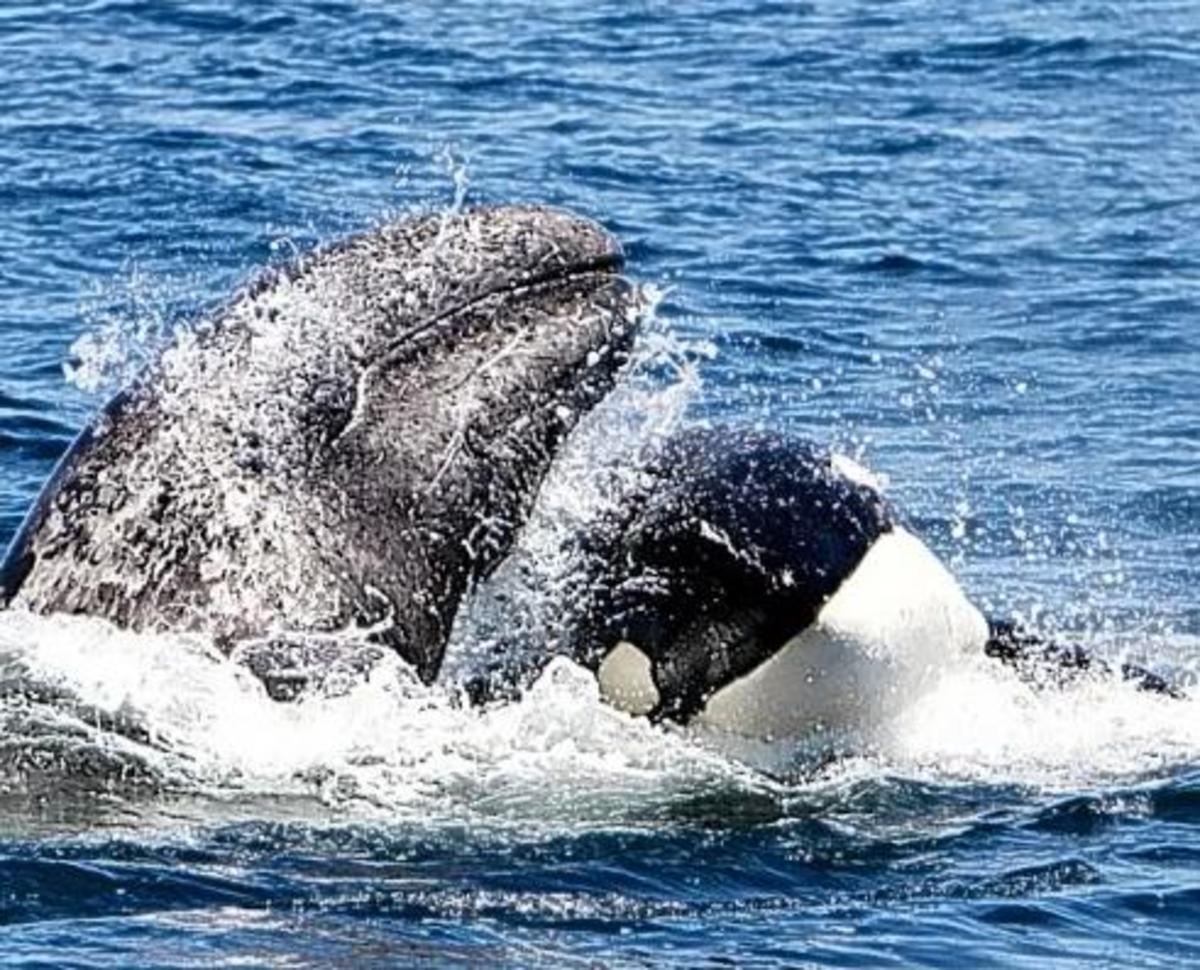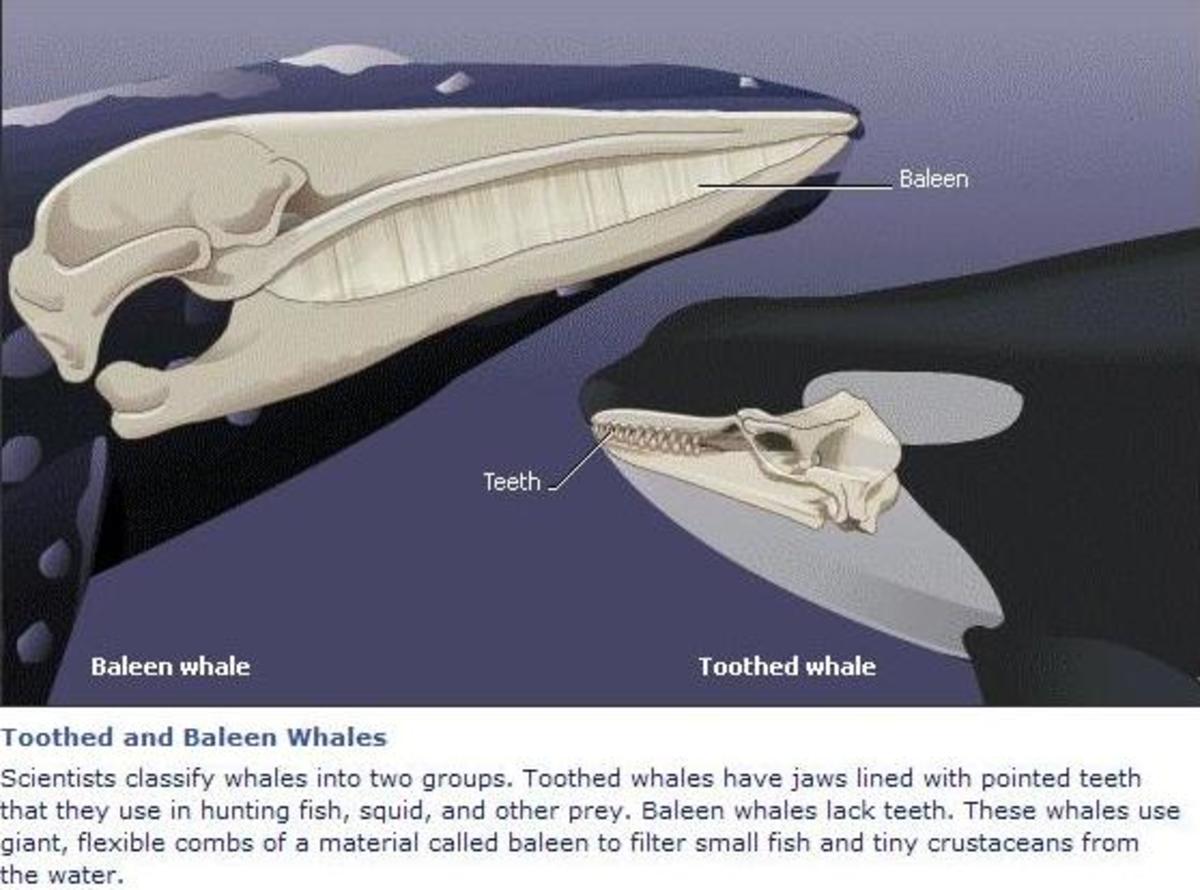- HubPages»
- Education and Science»
- Life Sciences»
- Marine Biology»
- Marine Life
Architeuthis-Just Another Myth Or A Reality?
Battle Of The Giants
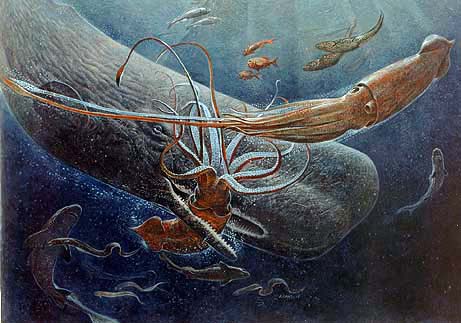
Giant Squid Photographed
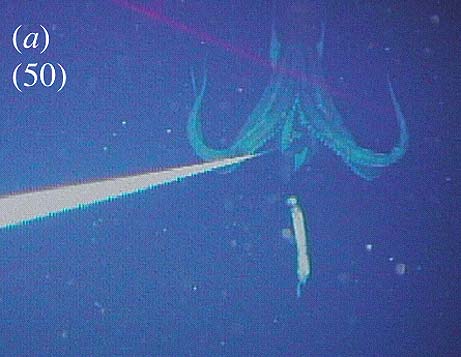
Archeteuthus Dux

Deep below the Seas vast depths, and at the very moment that you are reading this article; two of the largest creatures on the face of this planet may be engaged in battle. Those two beasts of mention are the Sperm Whale and Architeuthis dux, often referred to as the Giant Squid. Squid are common to both the temperate and cooler oceans of the world. These larger invertebrates have been known to frequent the waters off of New Zealand and iceland. Also in the warmer waters of the Pacific and Indian Oceans.
However the larger Architeuthis dux, is not only a creature of mystery, but that is very seldom seen in the wild. The reason being as briefly mentioned, the giant squid prefers the deep ocean basin areas, which is of prime habitat for it. These are areas of the inner world where not too many of humans dare to venture. With the exception of maybe manned and unmanned visits on occasion, to the wreck of the HMS Titanic; which lies about two miles down on the bottom of the North Atlantic, off of the coast of newfoundland.
Architeuthis dux is known to be found at a depth of three-thousand feet and deeper. This is known to be a fact, because within the stomachs of beached sperm whales, have been found giant squid body parts such as the beaks and tentacles. Sperm Whales are also known to dive to depths of these approximate depths or more . Squid are the main delicacy for the sperm whale, which often makes its long dive to the depths in search of the giant squid.
Even though it may appear that the giant squid is no match for a sperm whale. It should never be underestimated that the giant squid would let a sperm whale make a quick meal of it; without putting up a fierce battle. Sperm Whales over past years that have washed ashore on beaches; have been found to have not only large scrapes and tears in their carcasses. But also large circular suction cup marks that were made by no other animal but a giant squid. Hence this is the proof of the pudding, that over the years, these two giants have engaged in deep sea battles more than once.
It is also known that some of these creatures of the abyssmal depths can reach a total weight of 1,985 pounds, or about 900 Kilograms. In addition the numerous suction cups that are found on the inside of the squids tentacles, also contain an inner row of sharp jagged-like teeth. These teeth are not only able to grab onto objects, but also capable of tearing through rubbery flesh like that of a whale. If you thinks about it the other way around, where a squid for example, weighing in at about 2000 pounds, and a total body length of sixty feet or so, could decide to make a snack out of a sperm whale.
It would certainly be able to match a full-grown sperm whale in size and speed, without being taken total advantage of. Sperm Whales usually reach a full length of 100 feet or more and weigh between thirty and forty tons. And since there is partial evidence that Architeuthis dux grows to at least a length of forty-four feet long. What's not to say that a larger species is lurking within the depths of some ocean basin, waiting in the darkness, to wrap its tentacles around an unsuspecting visitor.
However giant squids still stick out in the limelight more so than the sperm whale, which this article will mainly focus upon. Giant Squids have been described in legends and other stories as being giant mythological sea creatures swallowing up or destroying large schooners or other vessels at sea over the years. When you think about it, a squid that is capable of taking down a large boat of this size with it, or causing some damage to its hull, would be indeed a very frightening creature to witness. There are many mysteries that science has not totally uncovered, and the giant squid is still one of these mysteries. Yes, it is true that during the past, there has surfaced more evidence about the architeuthis species They are not such a myth as they were once thought to be. To Add the larger squid of this species are rarely seen, because of the deep ocean habitats that are thought to be their favorite haunts, as briefly touched upon.
Architeuthis even though being a creature of mystery, does exist because not only of proof of giant specimens found washed ashore, or of recent evidence found over the years. But more recently a giant squid was filmed at a depth of nearly 2800 feet, off the coast of Tokyo. This was accomplished with a special camera rigged on a line with bait and dropped into the deep. Still further evidence has found a few at the oceans surface, after they had been hauled up on a line with the bait intact.
Females of this species have been found to measure up to forty-three feet and more. While the males are a bit smaller coming in at just around thirty-three feet in length. The mantle of these monsters has in addition been measured to be about six to eight feet across.The mantle being the main body of the squid. And this is with the girth and width taken into account without compensating for the total length of the giant squids tentacles. A giant squids tentacles in addition, can reach lengths of from eight to about fifteen feet.
Because giant squid are found at depths in the oceans where lighting conditions are very dim; they have special sense glands or organs and a complex neurological make-up that help them get around, within the dark ocean depths. It is thought that they are better at detecting tones, rather than actual colors. Eyes of a giant squid can be as big as a dinner plate. Of any other animal in the world, the giant squid also has the largest eyes. Architeuthis belongs to the class of mollusks or invertebrates called Cephalopod's. Of which it is the largesy of any known in the world, including mollusks or other invertebrates. The giant beak that is characteristic of the giant squid and other similar species of its kind, is used in tearing or breaking up larger pieces of shell or bone, which contain meats within,or fish for example. The food after being broken up or shredded if you will, is than ingested or pulled into the mouth parts and esophagus which sits behind the beak.
It uses a dark ink that is ejected from within as a deterrent to discourage or ward off attacks from its enemies. Besides sperm whales being Architeuthis' natural enemy. It is also preyed upon by pilot whales or large deep sea sharks such as sleeper sharks. Possibly giant megolodon sharks that were once thought to patrol the ocean depths during the prehistoric era; could also make a meal of the giant squid, if they indeed still exist? Otherwise the giant squid has very little need to worry about any other marine resident trying to pick a fight with it.
Architeuthis, besides having a complex nervous system has a large complex brain as well. Its circulatory system, is found to be encased within its mantle or inner body. Also near the rear of the mantle of the giant squid are located two smaller fins. These small fins are used to assist the giant squid in propelling it through the water as well as drawing up the sea water into its mantle. It can do this rather quickly by expanding the mantle and taking in more water. As the water passes through from one end of the squids mantle to the other its muscles contract, helping in pushing the water through more rapidly.
One would think after reviewing the basic anatomy and characteristics of Architeuthis dux. That this beast would certainly be a deadly foe if confronted by any other creature in the ocean depths.The giant squid is thought to be otherwise a lone hunter of the deep ocean basins. Preying on a variety of deep water ocean fish like that of Hoki. Hoki are a species of fish that are similar in resemblance to the mackerel family of fish. Giant squid are also a nuisance to many a fishing fleet, particularly in waters off of china or japan. The reason being is that they are known to consume a large amount of fish, that is valuable to this industry. Some smaller specimens of Architeuthis have been found caught in fishing trawler nets as they were hauled in.
You would think that by looking at the ominous torpedo shaped size of a giant squid, and its long tentacles with large circular-serrated lined teeth on the inside. That one of these monsters if disturbed, could cause a lot of destruction to someone or something. However because there is still very little known about the architeuthis species this is still debatable.
The next few stories on the other hand may make you want to change your view as to the giant squids temperament. And to add, these stories mentioned below, are also true and not fiction. One of these stories describes a Royal Naval Norwegian ship being attacked in the early thirties, by a giant squid. As told by crewman and captain alike, the giant squid lunged at their vessel at least on three separate occasions. It came alongside the ship almost in deliberation, pushing itself into the ship and than tried wrapping its tentacles around the hull. After several failed attempts the giant squid could not grasp the metal surface of the hull and slipped off into the props of the ship, which in turn cut it into ribbons.
Around 1960 in yet another scenario the crew of a Whaling ship of Soviet origin, witnessed a forty ton sperm whale engaged in a surface battle with a giant squid. Neither animal was victorious according to the crew of the ship, because the sperm whale was later found to be floating in the ocean with the squids tentacles wrapped around its head and neck area. And after the whale was hauled ashore by the ship afterward, it was found to have the squids severed head or mantle within its stomach.
Unimaginable? maybe, but never the less a non-fiction account. There is still one other story about a giant squid, that is told and may be followed by many more. However these stories to be told should be left up to only a master story teller like that of Stephen King for example. Because they contain a frightening twist that could only cause nightmare's beyond ones wildest dreams. So if you think that just for a moment that a Architeuthis species of eighty to one-hundred feet doesn't exist. Think again, because somewhere lying within one of the deep abyssmal ocean basins of the earth. One of these giants could be there at this very moment; propelling its self through the darkness; in search of a quick meal that it can reach out and wrap its serrated tentacles around.




